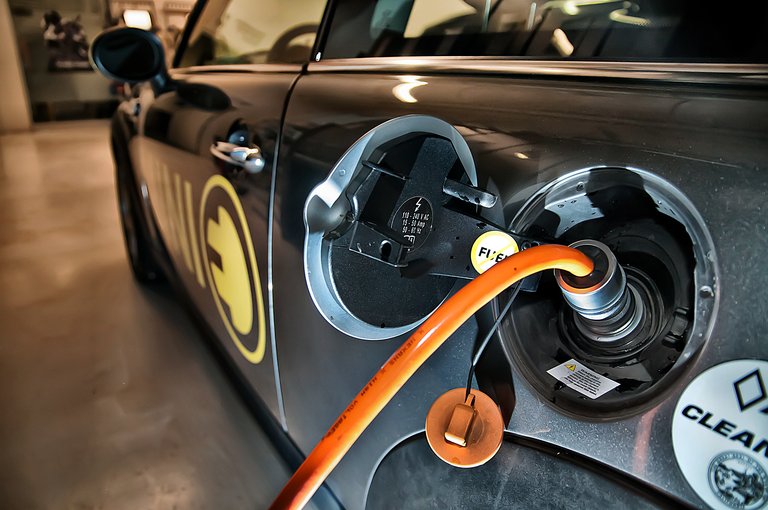New battery generation achieves stability

Lithium-oxygen batteries have been a great hope in the electric car industry, which accumulates up to ten times more energy than the best existing ones on the market (lithium ion). The main difficulty is stability, as after a few charge cycles the battery materials begin to degrade. Some chemists at St. Andrews University of Scotland have found that the solution is in materials.
The problem is in the battery cathode. It is a carbon electrode where lithium and oxygen are combined as the battery is being used and discharged. But this process degrades the electrode. Therefore, the solution is to change the electrode material. The great idea of St. Andrews' chemicals is to test with gold nanoparticles, as gold does not react with lithium and oxygen. And the electrode they have formed also breaks down lithium oxide ten times faster than carbon when charging the battery.
The new battery has yielded very good results. After 100 load cycles, it does not degrade and supplies 95% of the energy it initially provided. However, there are still difficulties to be able to use the new type of battery in cars. For example, experts say gold is too expensive and heavy for the manufacture of gold-based commercial cathodes, and other battery materials may eventually produce degradation. However, this work has shown that lithium-oxygen batteries can be viable to give a boost to electric cars.
Buletina
Bidali zure helbide elektronikoa eta jaso asteroko buletina zure sarrera-ontzian











